Betta balunga - Betta balunga
Scientific name: Betta balunga
Common name: Betta balunga
Family: Osphronemidae
Usual size in fish tanks: 9 - 14 cm (3.54 - 5.51 inch)
014
Recommended pH range: 5.2 - 7
Recommended water hardness: 8 - 16°N (142.86 - 285.71ppm)
0°C 32°F30°C 86°F
Recommended temperature range: 21 - 27 °C (69.8 - 80.6°F)
The way how these fish reproduce: Spawning
Where the species comes from: South Asia
Temperament to its own species: peaceful
Temperament toward other fish species: peaceful
Usual place in the tank: Middle levels
Food and Feeding
Betta balunga thrives on a varied diet. While quality flake can serve as a staple, supplementing their meals with live or frozen foods is essential for their health. Ideal choices include bloodworms, daphnia, and white worms. Adding brine shrimp and mosquito larvae can further enhance their diet, providing the necessary nutrients to keep them vibrant and healthy. Providing a diverse diet ensures optimal health and enhances their natural coloration. Feed small portions 2-3 times daily, and be mindful to avoid overfeeding, as leftover food can degrade water quality.
Origin
Betta balunga originates from the peat swamps and slow-moving streams of Borneo in Southeast Asia. These habitats are characterized by tannin-rich blackwater, soft acidic to neutral water, and dense vegetation, which provide shelter and spawning areas. The leaf litter found in these regions releases tannins, lowering the pH and creating the dark water conditions that these fish prefer. Incorporating similar conditions in captivity helps them thrive and exhibit natural behaviors.
Sexing
Male Betta balunga are more colorful and have longer, more elaborate fins compared to females. These distinctions become more pronounced during breeding periods when males display their most vibrant coloration. Females are generally smaller and have shorter, less ornate fins, making them easier to identify in a group setting.
Breeding
Breeding Betta balunga involves a unique ritual. The male and female engage in an embrace near the substrate, during which eggs are laid. The female collects the eggs in her mouth but spits them out for the male to catch and brood. The male takes sole responsibility for guarding and brooding the eggs until the fry are released. To encourage breeding, maintain water temperatures between 24-26°C (75.2-78.8°F) and ensure the pH is slightly acidic, around 5.5-6.5. The addition of floating plants and fine-leafed vegetation provides shelter and reduces stress during the breeding process. Once free-swimming, the fry can be fed crushed flake, infusoria, or newly hatched brine shrimp to support their rapid growth.
Lifespan
With proper care, Betta balunga can live for 2-3 years in captivity. Stable water conditions, a nutritious diet, and a stress-free environment are essential to maximize their lifespan. Regular water changes and maintaining a clean tank environment will also contribute to their longevity.
Short Description
Betta balunga is a peaceful and captivating species, ideal for well-planted tanks with subdued lighting. Adding floating plants, such as Amazon Frogbit or Salvinia, can help replicate their natural habitat and provide a sense of security. They can be kept in groups or as part of a community tank with other peaceful species, provided that the tank is spacious enough to avoid territorial disputes. Their calm temperament, unique breeding behavior, and striking appearance make them a rewarding choice for aquarists of all experience levels.
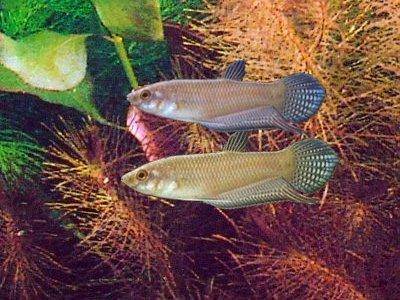
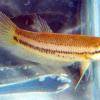 Akar
Akar 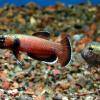 Whiteseam
Whiteseam 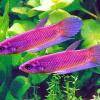 Giant
Giant 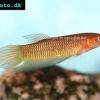 Slender
Slender 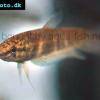 Betta
Betta 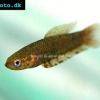 Brown’s
Brown’s  Snakehead
Snakehead 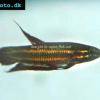 Wine
Wine 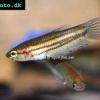 Edith’s
Edith’s 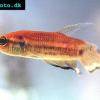 Blue
Blue 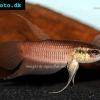 Betta
Betta  Peaceful
Peaceful 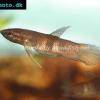 Kapaus
Kapaus 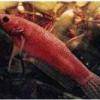 Eyespot
Eyespot 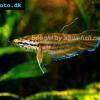 Spotted
Spotted 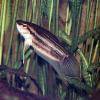 Forest
Forest 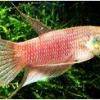 Schaller’s
Schaller’s 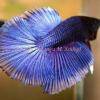 Siamese
Siamese 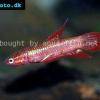 Chukai
Chukai 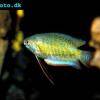 Banded
Banded  Dwarf
Dwarf 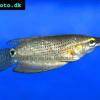 Frail
Frail 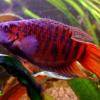 Paradise
Paradise 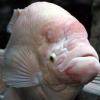 Giant
Giant 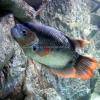 Giant
Giant 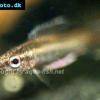 Licorice
Licorice 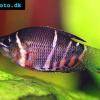 Chocolate
Chocolate 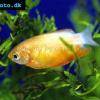 Honey
Honey 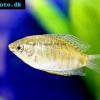 Thick
Thick 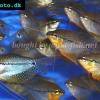 Pearl
Pearl 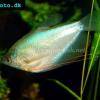 Moonlight
Moonlight 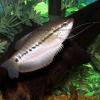 Snakeskin
Snakeskin 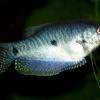 Blue
Blue